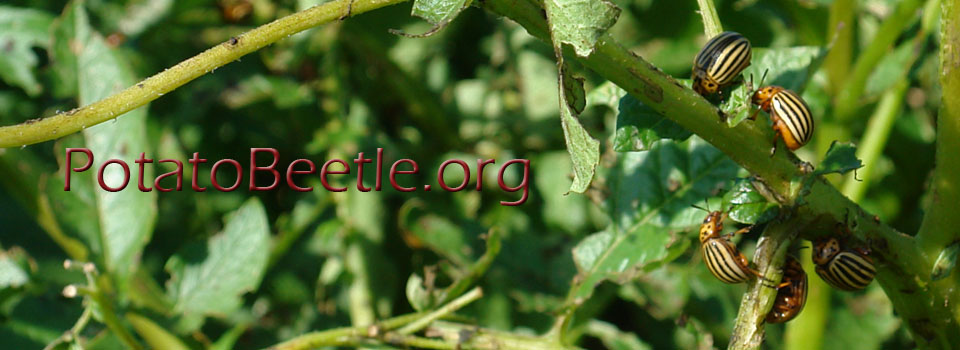Rainio MJ, Margus A, Virtanen V, Lindström L, Salminen JP, Saikkonen K, Helander M. 2020. Chemosphere. 258:127254.
Glyphosate is the most used herbicide worldwide, targeting physiological pathways in plants. Recent studies have shown that glyphosate can also cause toxic effects in animals. We investigated the glyphosate-based herbicide (GBH)-induced changes in potato (Solanum tuberosum) plant chemistry and the effects of a GBH on the survival rate and oxidative status of the Colorado potato beetle (Leptinotarsa decemlineata). The beetles were reared on potato plants grown in pots containing soil treated with a GBH (Roundup Gold, 450 g/l) or untreated soil (water control). The 2nd instar larvae were introduced to the potato plants and then collected in 2 phases: as 4th instar larvae and as adults. The main glycoalkaloids of the potato plants, α-solanine and α-chaconine, were measured twice during the experiment. The α-solanine was reduced in potato plants grown in GBH-treated soil, which can be detrimental to plant defenses against herbivores. GBH treatment had no effect on the survival rate or body mass of the larvae or the adult beetles. In the larvae, total glutathione (tGSH) concentration and the enzyme activity of catalase (CAT), superoxide dismutase, and glutathione-S-transferase were increased in the GBH treatment group. In the adult beetles, CAT activity and tGSH levels were affected by the interactive effect of GBH treatment and the body mass. To conclude, environmentally relevant concentrations of a GBH can affect the potato plant's glycoalkaloid concentrations, but are not likely to directly affect the survival rate of the Colorado potato beetle, but instead, modify the antioxidant defense of the beetles via diet.
